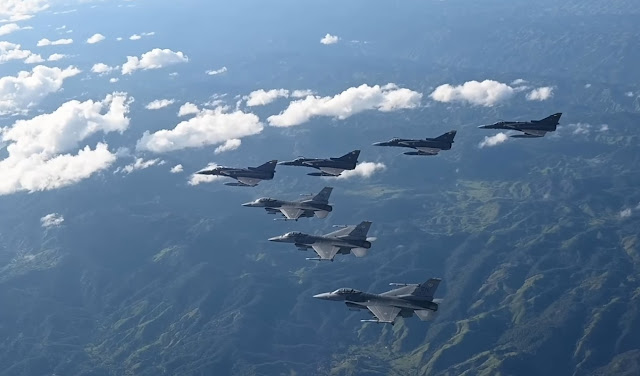Boeing's present financial situation effectively closes the door to the launch of its NMA or New Midsize Airplane in the next 15 years.
 |
Boeing's NMA or New Midsize Airplane Concept
|
However, it must have to present a competitor to the Airbus' A321 LR and A321XLR models that has become the de facto B-757 replacement aircraft.
 |
| Airbus Launches The A321XLR |
Given Boeing's heavy debt load, mainly caused by the 737 MAX accident fiasco and the chinese virus pandemic, it will not have the financial capacity to invest on an all-new airliner to compete in its own-defined 'Midsize Airplane' sector. And there are also no new technologies that Boeing can integrate into an NMA or New Midsize Airplane that will leapfrog substantially the Airbus models that are now presently occupying this sector. Boeing needs at least 20% better efficiency to justify a $10+ billion investment on a clean sheet airliner.
 |
| Boeing 737 MAX9 |
What Boeing needs now is a 757 Replacement that is founded on the 737 for the 'Midsize Airplane' sector.
 |
| Icelandair Boeing 757 |
It must jump the gun on Airbus' solution, that is touted by the media, for Airbus to confront the then Boeing NMA or New Midsize Airplane concept study. And the 737 that has recently caused it much pain can now become its savior in the 'Midsize Airplane' sector.
 |
Boeing 737 MAX10, soon to fly
|
I call it the 737-11 NEW (New Engine and Wing). And evolve as the Boeing 717, as it diverges more from the 737 line. The Boeing's 757 replacement.
The Boeing 717 will have these features:
1. It will use an optimized 737 fuselage, with outward opening cargo doors with maximized cabin width via a 777X similar treatment. This will leverage the efficient 737 production line of Spirit AeroSystems thus reducing startup costs. Modifications can later be flowed back to MAX fuselages after testing and certification.
2. It will use an updated 777X composite wing design technology, optimized for the 717 configuration. Folding wingtips can also be adopted if it is economical in terms of airport slot costs. This can leverage the huge investment that Boeing has put into its Composite Wing Center plant in Everett.
3. Upgraded GE/Safran LEAP-1B or 1A engines to maintain commonality with the MAX or NEO supply chains. At this point, engine inserts are on time to be developed for better fuel efficiency and time on wing.
4. A 3rd AOA sensor or a virtual one to fulfill EASA requirement. The other 737 findings from the MAX recertification have to be provided solutions for in the 717.
5. Nominal specs would be a 4,000 NM range with a maximum of 240 passengers in a 2-class cabin. The 717 must not encroach into the 767 and 787 sectors, and maintain good economics for the 757 sector.
6. A 787 technology level cockpit will insure the 717's relevance into the 2030's.
The 717 designation was last used for the MD-95 that Boeing inherited when it took over the McDonnell Douglas company. It was also used as a designation for a pre cursor of the Boeing 707 - the KC-135 tanker.
 |
| Boeing 717, formerly MD-95 |
 |
| KC-135E Stratotanker, originally designated as 717-100 |
























